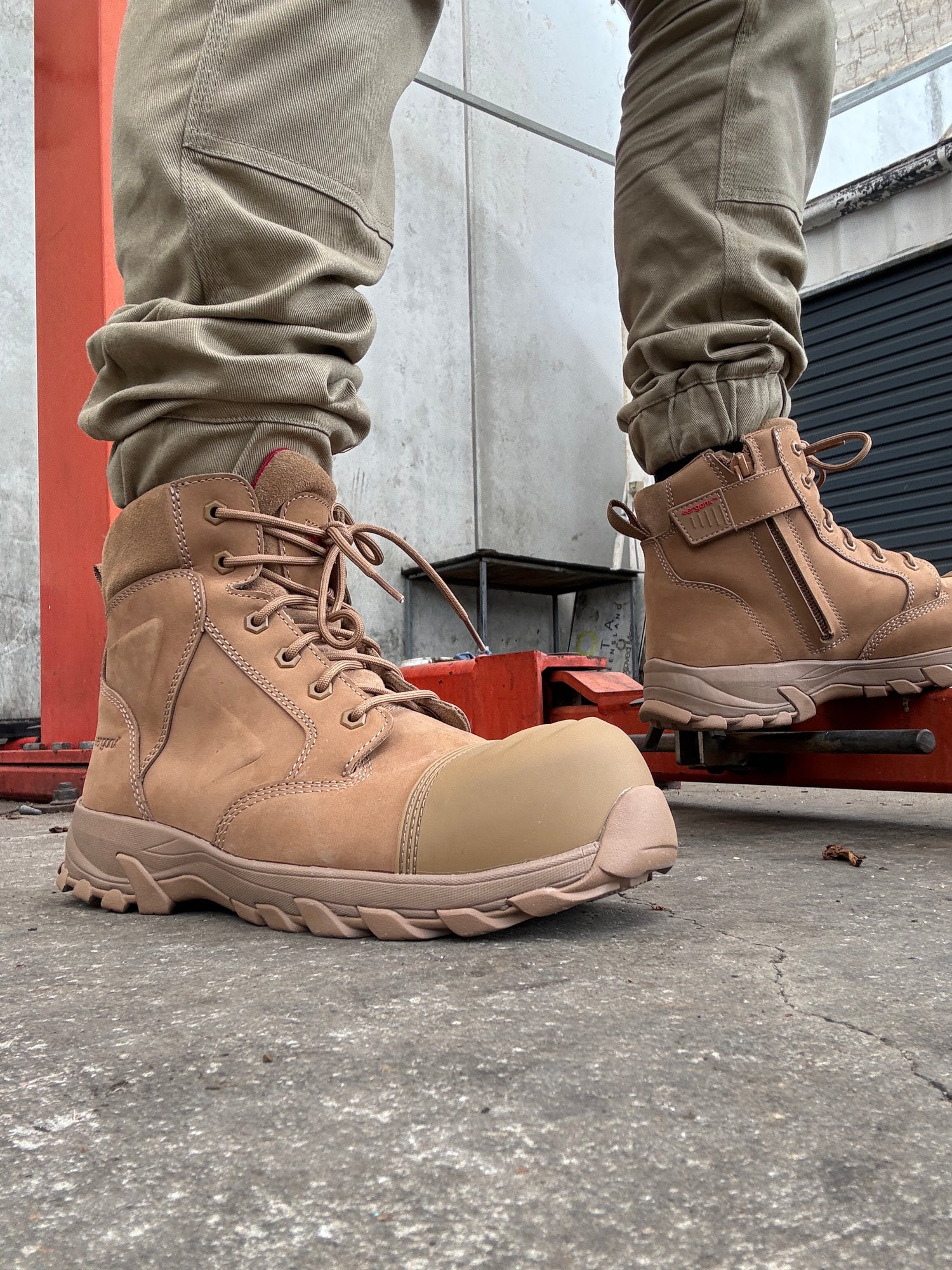Arch Support Work Boots: Treadmill Comparison Before and After Orthotic Insoles
For individuals who work in outdoor or job site settings, work boots serve as a vital component of their personal protective equipment (PPE). These boots shield the feet from potential hazards, such as falling objects, sharp debris, uneven terrain, and electrical dangers. In addition to their protective features, work boots are also meant to provide support and comfort, ensuring a pain-free workday.
There are various types of work boots, each with unique materials and styles that cater to specific functions. Regardless of the work environment, choosing a pair of boots that provides comfort and reduces fatigue is crucial. It ensures that you can return to work the following day feeling refreshed and ready to go.
Orthotics can make a significant difference in keeping your feet comfortable and injury-free. These medically prescribed inserts are worn inside shoes to offer added support, shock absorption, and relief from foot pain. Orthotics work by redistributing pressure across the feet and correcting any foot misalignments that can cause strain.
What do orthotics do for the feet in work boots?
Here, we have some images illustrating the significant impact orthotics can have on foot alignment:

An individual with flat feet was asked to walk on a treadmill. In the image on the left, prior to the integration of orthotics, it is clear that the individual’s feet are overpronating (rolling inwards at the ankle). This particular patient was displaying an inwards rotation of approximately 8 ° towards the midline.
When the foot rolls inwards, it becomes a much less efficient lever for propulsion and the foot has to work much harder to move the individual forwards. Overpronation and overuse increase the risk of injuries, including heel pain, plantar fasciitis, heel spurs, and shin splints.
By comparing the image on the right to the one on the left, we can see that orthotics and a well-fitting work boot have reduced the amount of pronation in the feet by approximately 4°. These supportive measures keep the feet in a more aligned and neutral position, reducing the likelihood of overworked ligaments, muscles, and tendons, and minimizing the chances of stress and irritation.
Our recommendations
If you consider employing orthotics in your daily routine, we highly recommend the following products tested and approved by healthcare professionals.
Ergonx Ultra Soft
This full-length orthotic is a great option for flat feet, heel pain, and knee pain. Its soft and flexible design helps to decrease the repetitive stress of impact from activity. It features targeted cushioning areas at high-pressure areas and a durable anti-bacterial surface.

Ergonx Safety Boots
The Ergonx Safety Boot is designed and recommended by podiatrists. Manufactured with high-quality materials that can withstand routine wear and tear, Ergonx safety boots were developed to provide the maximum amount of comfort and support on any job site. Laces allow for customizable wear that conforms the shape of the boots to your feet, and built-in orthotic technology keeps the feet supported.

We would love to hear from you
If you have any questions about orthotics, work boots, and/or overall foot health, please reach out to us at docpods.com/au. Our team of experts can help you take care of your feet and get through the day pain- and irritation-free.


